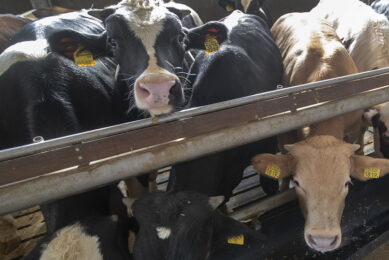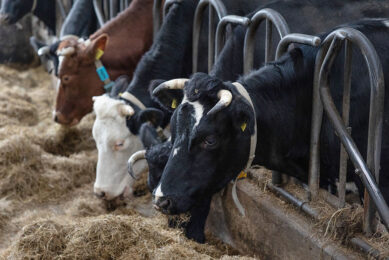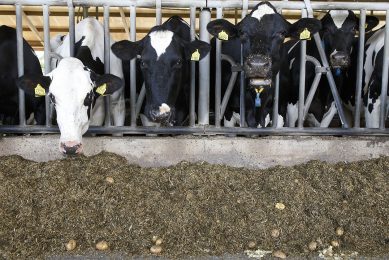Virus may be the cause of BSE
According to a recent study, mad cow disease and other related brain disorders may be caused by a virus and not the weird, misshapen proteins, known as prions. “Our findings showed that prions are not the solely active agents for the disease”, said lead author Dr. Laura Manuelidis, neuropathologist at Yale University.
The prion
theory of mad cow disease (BSE) proposes that a normal protein
spontaneously misfolds, starting a cascade of abnormal changes in other
proteins. In Manuelidis’ previous experiments, prions did not appear until late
in the progression of spongy brain diseases. To find what appears at an earlier
phase, Manuelidis’ team homogenized mouse brains infected with scrapie and
Creutzfeldt-Jakob disease and injected them into nerve cell cultures. The only
new objects were dense spheres that looked like small viruses, she
said.
Prions not active agent?
She later added a
compound to spur the growth of prions about fivefold to see if that would
increase the level of infection. The level did not show a significant increase,
suggesting that prions were not the active agent of infection, she said. To
prove that the virus-like particles are solely responsible for the infection,
Manuelidis plans to isolate the particles and see if they can start an infection
when injected into healthy cells.
Skeptical
Several brain
researchers are skeptical about Manuelidis’ findings, published in the Proceedings of the National Academy of
Sciences
. “It’s very remarkable that we
only see these particles after infection of these cells,” said Bob Rohwer,
director of the Molecular Neurovirology Laboratory at the Veterans Affairs
Medical Center in Baltimore, who was not involved in the study. “But the
evidence that they are in fact the infectious agent responsible is still highly
circumstantial.”
To subscribe to the AllAboutFeed newsletter click here.











